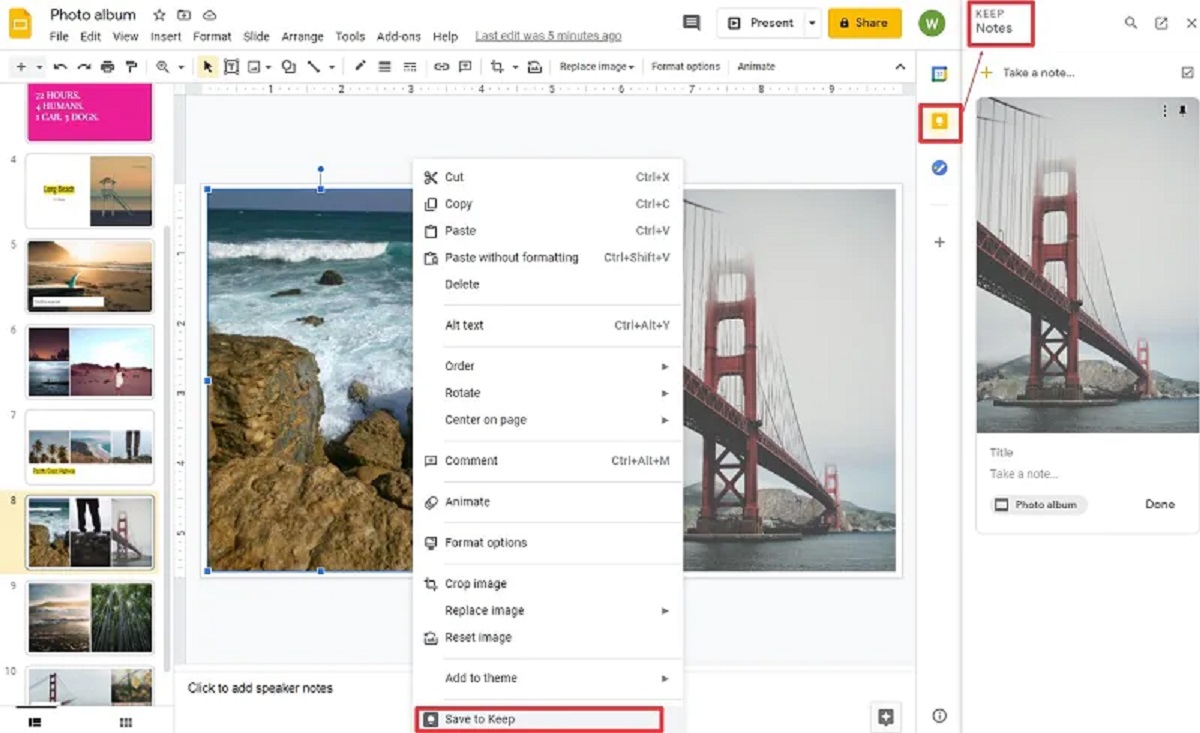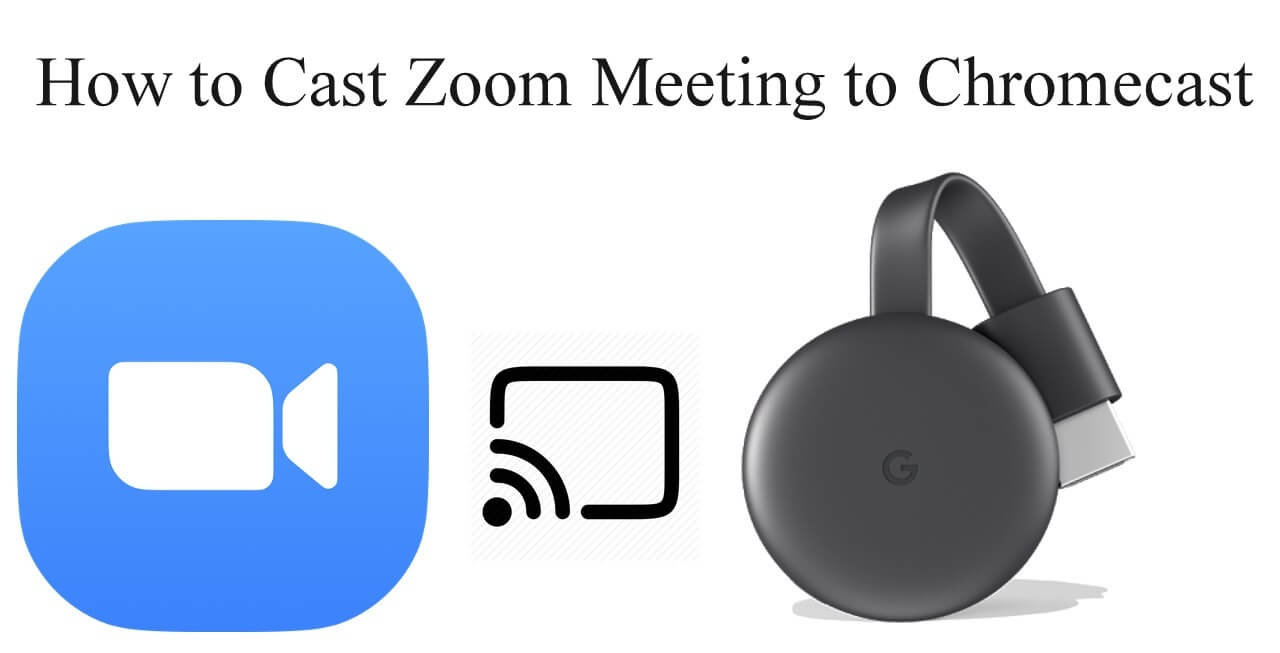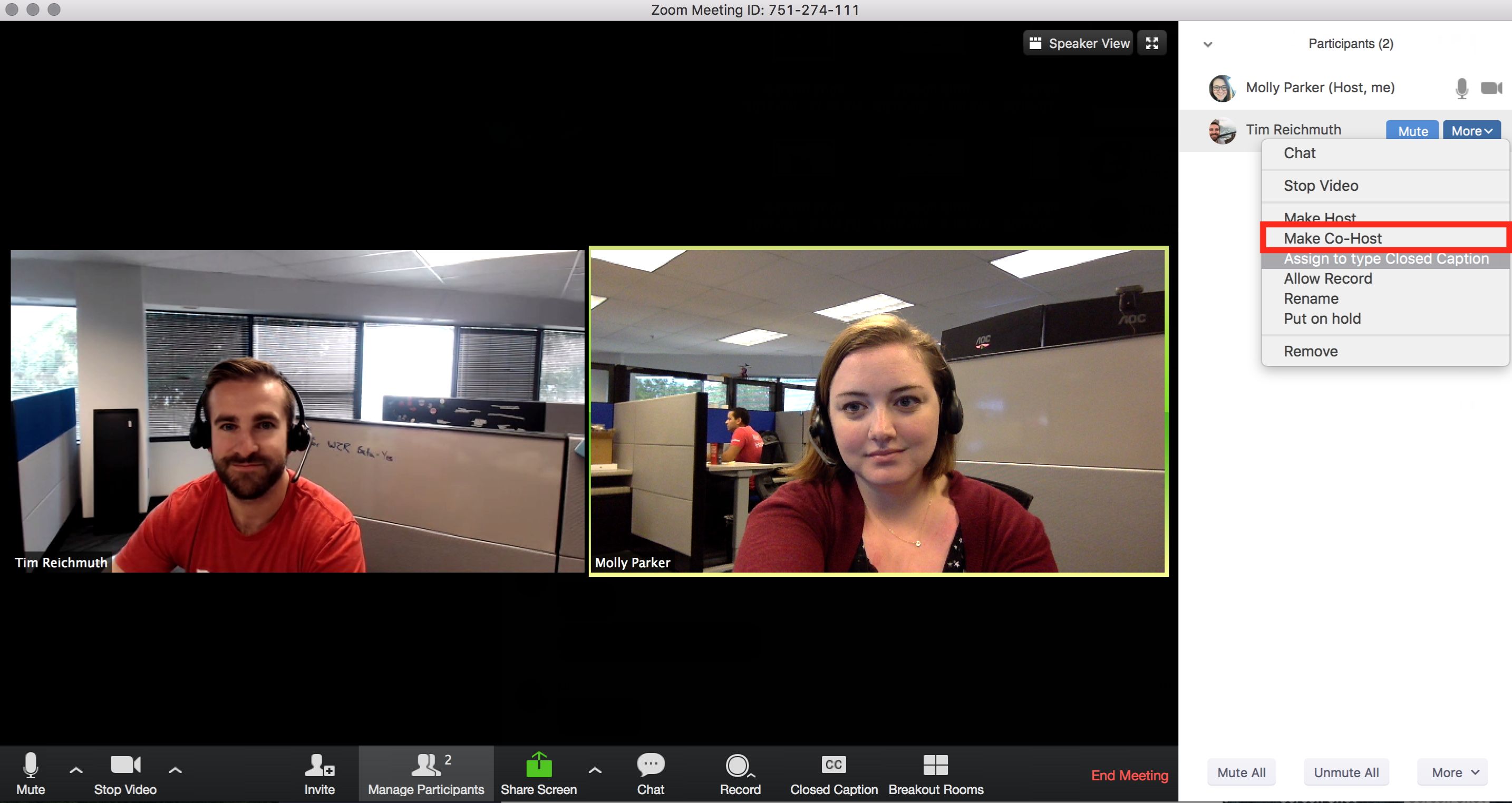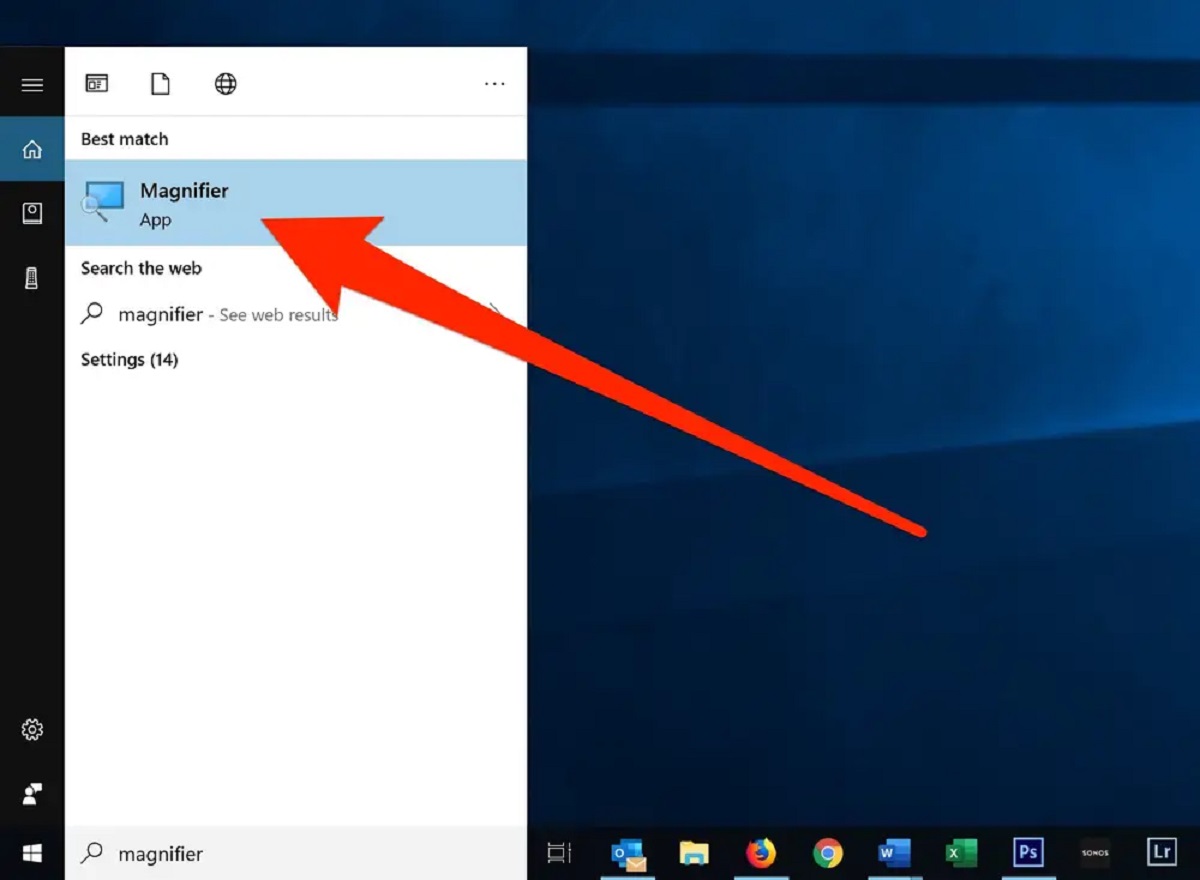Introduction
Welcome to the world of Google Slides, the web-based presentation tool that allows users to create, edit, and collaborate on beautiful slideshows. Whether you’re preparing a business pitch, giving a conference presentation, or creating an educational slideshow, Google Slides offers a wide range of features to help you craft visually stunning presentations.
One of the essential features that can greatly enhance your Google Slides experience is the ability to zoom in on your content. Zooming in allows you to emphasize specific details, make text and images more readable, and engage your audience by focusing on key points. In this article, we’ll explore different methods to zoom in on Google Slides so that you can make the most of this powerful feature.
Whether you’re a beginner or an experienced user, learning how to zoom in on Google Slides is a valuable skill that can take your presentations to the next level. With just a few simple techniques, you can instantly adjust the magnification of your slides, highlighting specific elements and creating a more immersive viewing experience.
In the following sections, we’ll guide you through various methods to zoom in on Google Slides, including keyboard shortcuts, the toolbar, the view menu, and the zoom dialog box. We’ll also share some tips for efficient zooming so that you can navigate your presentations seamlessly and deliver a memorable experience to your audience.
So, whether you’re preparing a presentation for work, school, or any other occasion, buckle up and get ready to master the art of zooming in on Google Slides. Let’s dive in and explore these techniques in detail!
Why Zooming In on Google Slides is Important
Zooming in on Google Slides is not just a fancy feature; it serves a crucial purpose in enhancing the quality and impact of your presentations. Here’s why zooming in is important:
1. Improved Readability: When presenting information, it’s essential to ensure that your content is easily readable for your audience. By zooming in on specific parts of your slide, you can magnify text and images, making them more legible and visually appealing. This can be particularly helpful when projecting slides onto a larger screen or presenting to a larger audience.
2. Emphasis on Key Points: Zooming in allows you to draw attention to important details, such as statistics, charts, or quotes, which may otherwise go unnoticed. By highlighting specific elements, you can effectively emphasize key points and ensure that your audience grasps the most critical information in your presentation.
3. Increased Engagement: Visual engagement plays a significant role in delivering an impactful presentation. By zooming in strategically, you can create a more immersive experience for your audience. This technique enables you to guide your viewers’ attention to specific parts of your slide, maintaining their focus and interest throughout the presentation.
4. Visual Aids: Zooming in on images or diagrams within your Google Slides can transform them into powerful visual aids. By enlarging visuals, you can provide a more detailed and comprehensive understanding of the subject matter. This is particularly helpful when showcasing intricate diagrams, maps, or illustrations, ensuring that your audience fully comprehends the details you’re presenting.
5. Accessibility: Zooming in accessibility is another important aspect to consider. Not all members of your audience may have perfect eyesight, and zooming in can accommodate those who may struggle to read smaller text or discern finer details. By ensuring that your content is easily viewable, you ensure inclusivity and accessibility for a diverse audience.
By utilizing the zooming feature in Google Slides, you can elevate the overall quality and impact of your presentations. With improved readability, emphasis on key points, increased engagement, enhanced visual aids, and accessibility, zooming in allows you to captivate your audience and deliver a more compelling and memorable presentation.
How to Zoom In on Google Slides using Shortcut Keys
Google Slides offers convenient shortcut keys that allow you to zoom in on your slides effortlessly. Follow these steps to use shortcut keys for zooming in:
1. Select the Slide: Start by opening your Google Slides presentation and selecting the slide on which you want to zoom in.
2. Press the Shortcut Keys: Use the following shortcut keys:
- Zoom In: Press Ctrl + + (Windows) or Cmd + + (Mac). This will increase the magnification level by a certain percentage.
- Zoom Out: Press Ctrl + – (Windows) or Cmd + – (Mac). This will decrease the magnification level.
- Zoom to Default Level: Press Ctrl + 0 (Windows) or Cmd + 0 (Mac) to reset the zoom level to the default.
By using these simple shortcut keys, you can easily control the zoom level of your slides in Google Slides. This method is quick and efficient, allowing you to make real-time adjustments during your presentation without interrupting the flow.
It’s worth noting that the zooming applies to the entire slide, including text, images, and any other elements on the slide. Experimenting with different zoom levels can help you find the perfect balance between readability and emphasis for your content.
Now that you know the shortcut keys for zooming in on Google Slides, you’ll be able to navigate and present your slides with ease. Let’s explore other methods for zooming in on Google Slides in the next section.
How to Zoom In on Google Slides using the Toolbar
If you prefer a visual approach to zooming in on Google Slides, the toolbar provides an easy and intuitive method. Follow these steps to use the toolbar for zooming in:
1. Select the Slide: Open your Google Slides presentation and select the slide you want to zoom in on.
2. Locate the Zoom Controls: In the top-right corner of the Google Slides interface, you’ll find the toolbar with various control options.
3. Click the Zoom In Button: Look for the magnifying glass icon with a plus sign (+) inside it. Click on this button to zoom in on your slide. Each click will increase the magnification level by a certain percentage.
4. Zoom Out (Optional): If you need to zoom out, locate the magnifying glass icon with a minus sign (-) inside it on the toolbar. Click on this button to decrease the magnification level of the slide.
5. Reset Zoom: To reset the zoom level to the default, look for the “Fit” button in the toolbar. It usually appears as a square with an arrow pointing out of it. Click on this button to automatically adjust the zoom to fit the slide within the viewing area.
Using the toolbar to zoom in on Google Slides provides a visual and straightforward approach. It allows you to easily control the magnification level of your slides, making your content more readable and impactful.
Remember to monitor the zoom level as you navigate through different slides. Depending on the amount of content on each slide, you may need to adjust the zoom level accordingly to ensure optimal viewing for your audience.
In the next section, we’ll explore another method to zoom in on Google Slides using the View menu.
How to Zoom In on Google Slides using the View Menu
If you prefer using the menu options to zoom in on Google Slides, the View menu provides a convenient method. Follow these steps to use the View menu for zooming in:
1. Select the Slide: Open your Google Slides presentation and select the slide you want to zoom in on.
2. Open the View Menu: At the top of the Google Slides interface, locate the “View” option in the menu bar.
3. Choose “Zoom In”: Click on the “View” option to open a dropdown menu. From the dropdown menu, select the “Zoom In” option. This will increase the magnification level of the slide.
4. Zoom Out (Optional): If you need to zoom out, follow the same steps and select the “Zoom Out” option from the “View” dropdown menu. This will decrease the magnification level of the slide.
5. Reset Zoom: To reset the zoom level to the default, navigate to the “View” menu and select the “Reset Zoom” option. This will automatically adjust the zoom to fit the slide within the viewing area.
Using the View menu to zoom in on Google Slides provides a comprehensive approach for adjusting the magnification level of your slides. This method allows you to access various other view-related options along with zooming, giving you more control over your presentation.
Remember to experiment with different zoom levels to determine the optimal setting for each slide. Depending on the content and layout, you may need to adjust the zoom level to ensure clarity and readability for your audience.
In the next section, we’ll explore another method to zoom in on Google Slides using the Zoom dialog box.
How to Zoom In on Google Slides using the Zoom Dialog Box
If you’re looking for more precise control over the zoom level in Google Slides, you can use the Zoom dialog box. Follow these steps to use the Zoom dialog box for zooming in:
1. Select the Slide: Open your Google Slides presentation and select the slide you want to zoom in on.
2. Open the Zoom Dialog Box: At the top of the Google Slides interface, locate the “View” option in the menu bar. Click on it to open a dropdown menu and select “Zoom” from the list.
3. Enter the Zoom Percentage: In the Zoom dialog box, you’ll see a percentage value representing the current zoom level. You can change this value by typing in the desired percentage of zoom in the input field. For example, entering “150%” will increase the magnification level to 150%.
4. Apply the Zoom: Once you’ve entered the desired zoom percentage, click on the “Apply” button in the Zoom dialog box. This will instantly adjust the magnification level of the slide to the specified percentage.
5. Zoom Out (Optional): If you need to zoom out, follow the same steps and enter a smaller zoom percentage in the Zoom dialog box.
6. Reset Zoom: To reset the zoom level to the default, simply click on the “Reset” button in the Zoom dialog box. This will adjust the zoom level to fit the slide within the viewing area.
Using the Zoom dialog box in Google Slides gives you precise control over the zoom level, allowing you to fine-tune the magnification for each slide. This method is particularly useful when you have specific zoom requirements or need to match the zoom level with other elements in your presentation.
Remember to consider the content and layout of your slides when adjusting the zoom level. Striking the right balance between legibility and aesthetics ensures that your audience can comfortably view and engage with your presentation.
In the next section, we’ll share some tips for zooming in on Google Slides efficiently.
Tips for Zooming In on Google Slides Efficiently
Zooming in on Google Slides can greatly enhance your presentations, but it’s important to do so efficiently to maximize the impact. Here are some tips to help you zoom in on Google Slides efficiently:
1. Plan Ahead: Before your presentation, take the time to review your slides and identify the areas where you might need to zoom in. This will help you anticipate and plan your zooming actions, ensuring a seamless and well-coordinated delivery.
2. Use Zoom for Emphasis: Zoom in strategically to emphasize key points, important data, or visually compelling elements. Use zooming as a visual tool to guide your audience’s attention and add impact to your presentation.
3. Practice Zooming Transitions: Smooth transitions are key to a professional presentation. Practice zooming in and out between slides to ensure that the transitions are seamless and don’t disrupt the flow of your presentation.
4. Consider Audience Size: Adapt your zoom level based on the size of your audience and the viewing conditions. If presenting to a larger audience or in a larger venue, consider using a higher zoom level to make your content more visible to everyone.
5. Balance Readability and Zoom Level: Finding the right balance between legibility and zoom level is essential. Make sure the text and images maintain their clarity and don’t become pixelated or distorted when zoomed in. Adjust the zoom level accordingly to ensure that your content remains easily readable.
6. Utilize Zooming Shortcuts: Shortcut keys provide a quick and efficient way to adjust the zoom level. Memorize the zooming shortcuts such as Ctrl + + (Windows) or Cmd + + (Mac) for zooming in and Ctrl + – (Windows) or Cmd + – (Mac) for zooming out. This will save you time and allow for smoother transitions during your presentation.
7. Use Combination Techniques: Experiment with a combination of different zooming techniques. For example, you can start with a general zoom level using toolbar or menu options and then use shortcut keys to further zoom into specific details during your presentation.
8. Test Zooming on Different Devices: Ensure that your zooming effects work well on different devices and screen sizes. Test your presentation on various devices to ensure optimal readability and viewing experience for all your potential audience members.
By following these tips, you’ll be able to utilize the zooming features in Google Slides efficiently and effectively. Zooming in with purpose and planning will elevate the impact of your presentations and keep your audience engaged throughout.
In the next section, we’ll summarize the different methods discussed and wrap up our exploration of zooming in on Google Slides.
Conclusion
Zooming in on Google Slides is a powerful tool that can enhance the visual impact and readability of your presentations. Whether you use shortcut keys, the toolbar, the view menu, or the zoom dialog box, understanding how to zoom in allows you to emphasize key points, improve engagement, and create a more immersive experience for your audience.
By zooming in strategically, you can draw attention to important details, make text and images more readable, and create impactful visual aids. The ability to adjust the zoom level in real-time during your presentation ensures that you can adapt to different viewing conditions and audience sizes effortlessly.
Remember to balance readability and the zoom level to ensure that your content remains clear and easily understandable. Practice your zooming transitions to ensure smooth and seamless delivery, and consider planning ahead to anticipate where zooming would be most effective.
Utilizing a combination of zooming techniques, such as shortcut keys, toolbar options, menu commands, and the zoom dialog box, allows you to have precise control over the magnification level of your slides. Each method offers its own advantages, so feel free to experiment and find what works best for you and your presentation style.
Whether you’re giving a business pitch, a conference presentation, or an educational lecture, mastering the art of zooming in on Google Slides can take your presentations to the next level. So don’t be afraid to get creative, engage your audience, and make your slides come to life through well-executed zooming techniques.
Now that you have a solid understanding of how to zoom in on Google Slides, it’s time to put your knowledge into action. Start incorporating zooming into your presentations and enjoy the added impact and engagement it brings. Happy presenting!

























